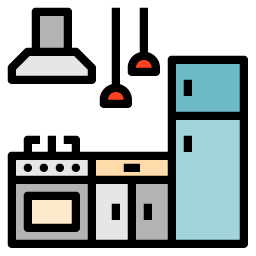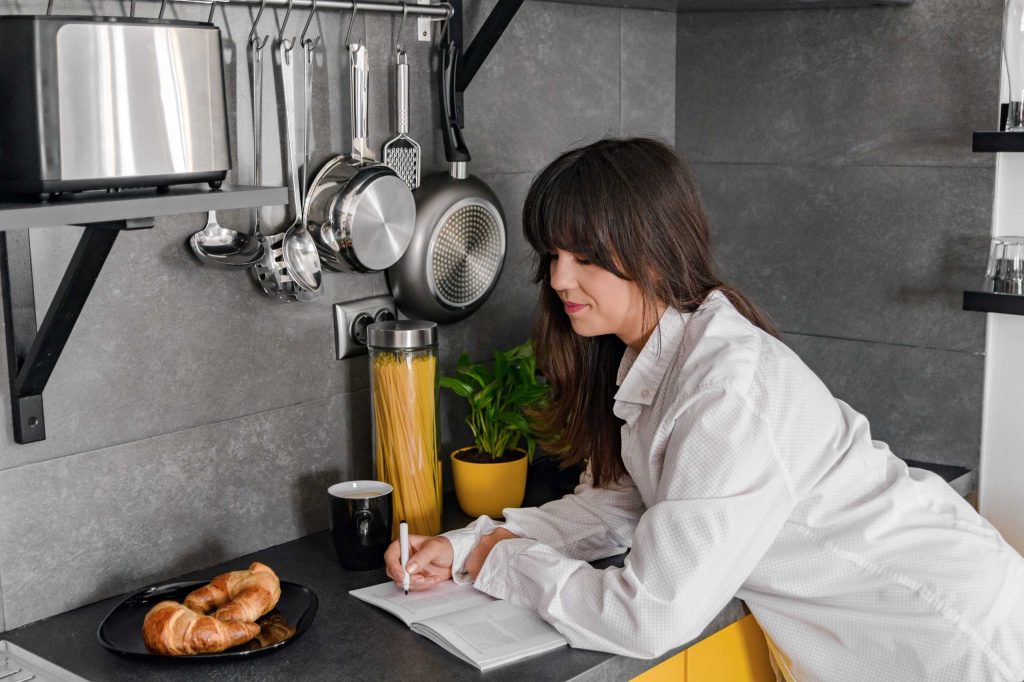We tend to think that the way we use our kitchen is just how it is. A drawer goes there, the plates live here, we move this way — no big deal. But behind these daily movements lie hundreds of small habits that either support your energy… or drain it.
The good news? You don’t need a remodel to fix it. You just need to notice what you do — and gently shift the habits that get in your way.
The Loop of Discomfort
Have you ever found yourself doing the same awkward motion over and over — opening a high cabinet with one hand while holding a pot with the other, or crouching to get a bowl from the back of a deep drawer?
These actions become invisible through repetition. But they’re not harmless.
Each inefficient habit creates:
- Unnecessary physical strain
- Time loss in your cooking flow
- Mental clutter (the “where did I put that?” loop)
Your body notices what your brain ignores. Fatigue builds quietly.
3 Everyday Habits That Drain You (and How to Shift Them)
1. The Cluttered Counter Shuffle
You shift items just to make space for a cutting board. Again. And again.
Try this: Reserve one counter zone as a “no storage” zone. Nothing lives there — it’s your dedicated prep space. One rule, big payoff.
2. The Ingredient Treasure Hunt
Looking for spices in five different spots breaks your cooking rhythm.
Try this: Create a “frequent flavor” station — a small tray or pull-out bin with your 6–8 most-used seasonings near the stove or prep zone.
3. The Tool Overload
Too many gadgets = more searching, more washing, more decision fatigue.
Try this: Pick your 3 favorite prep tools and place them in a visible, easy-to-grab spot. Store the rest out of reach — if you don’t miss them in two weeks, you may not need them at all.
Build Micro-Rituals of Efficiency
Changing kitchen habits isn’t about rules — it’s about rhythm.
What if the act of reaching for a knife felt smooth, intuitive, even satisfying? That’s what ergonomic habits can do. They create a kind of quiet choreography — where the body leads, and the mind follows with ease.
Start small. Open the same drawer with the same hand every time. Prep with your posture in mind. Let your kitchen become a space where habit and flow replace struggle and noise.
Final Thought
The shape of your kitchen matters. But so do the shapes of your routines.
When you tune into how you move, reach, clean, and cook — you unlock the true power of ergonomic living.
And suddenly, the kitchen becomes less of a chore… and more of a conversation between you and your space.

